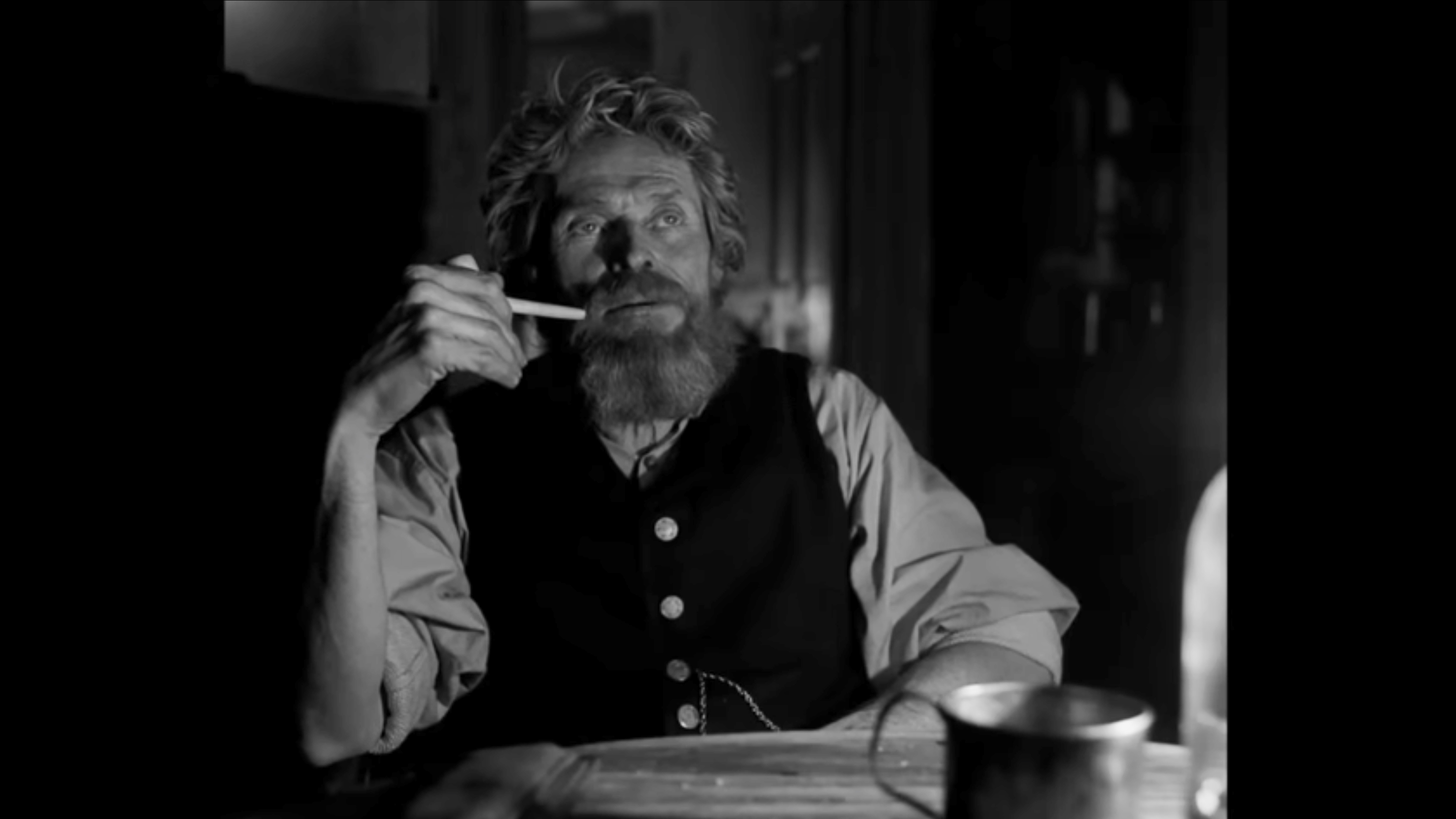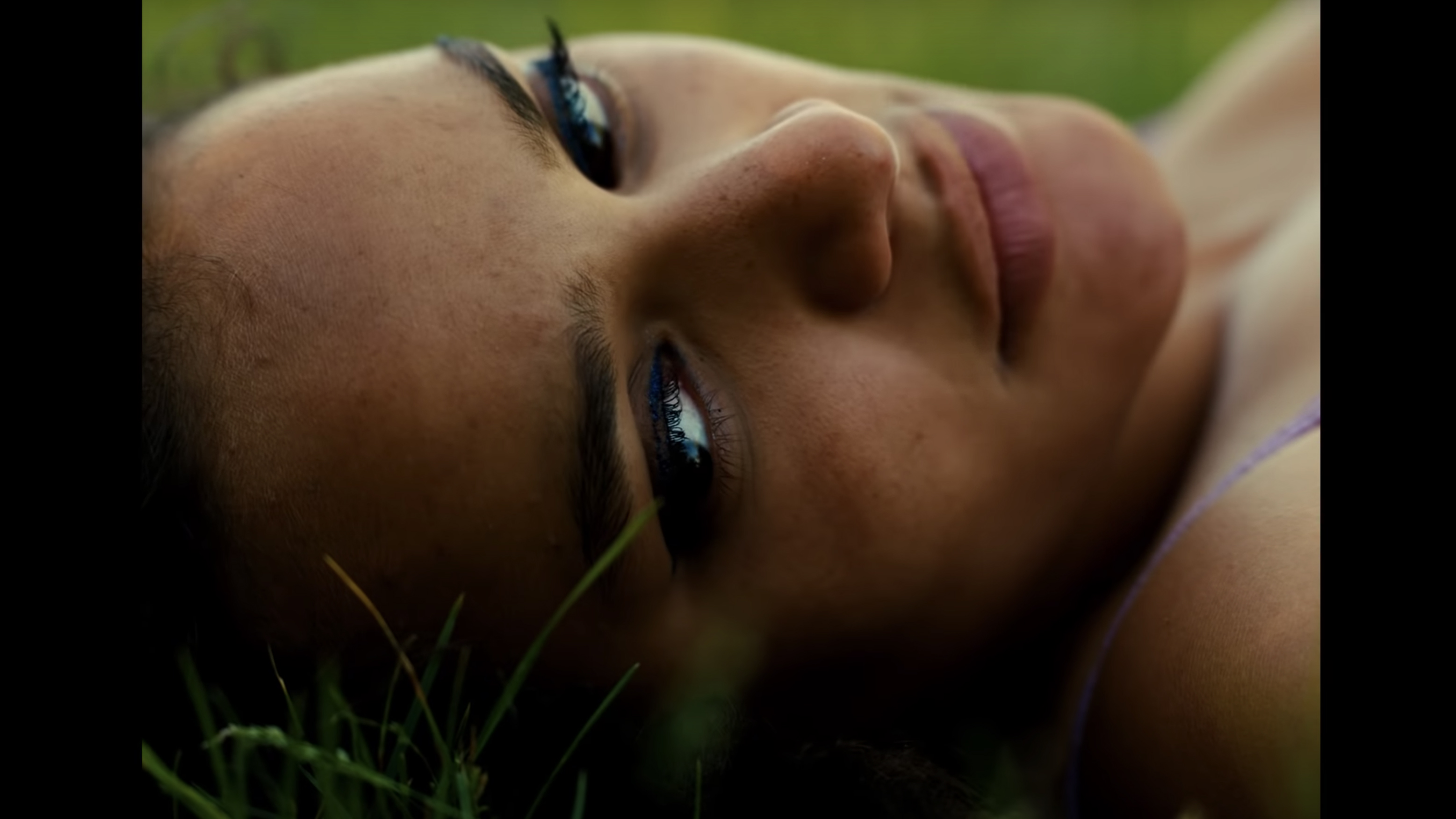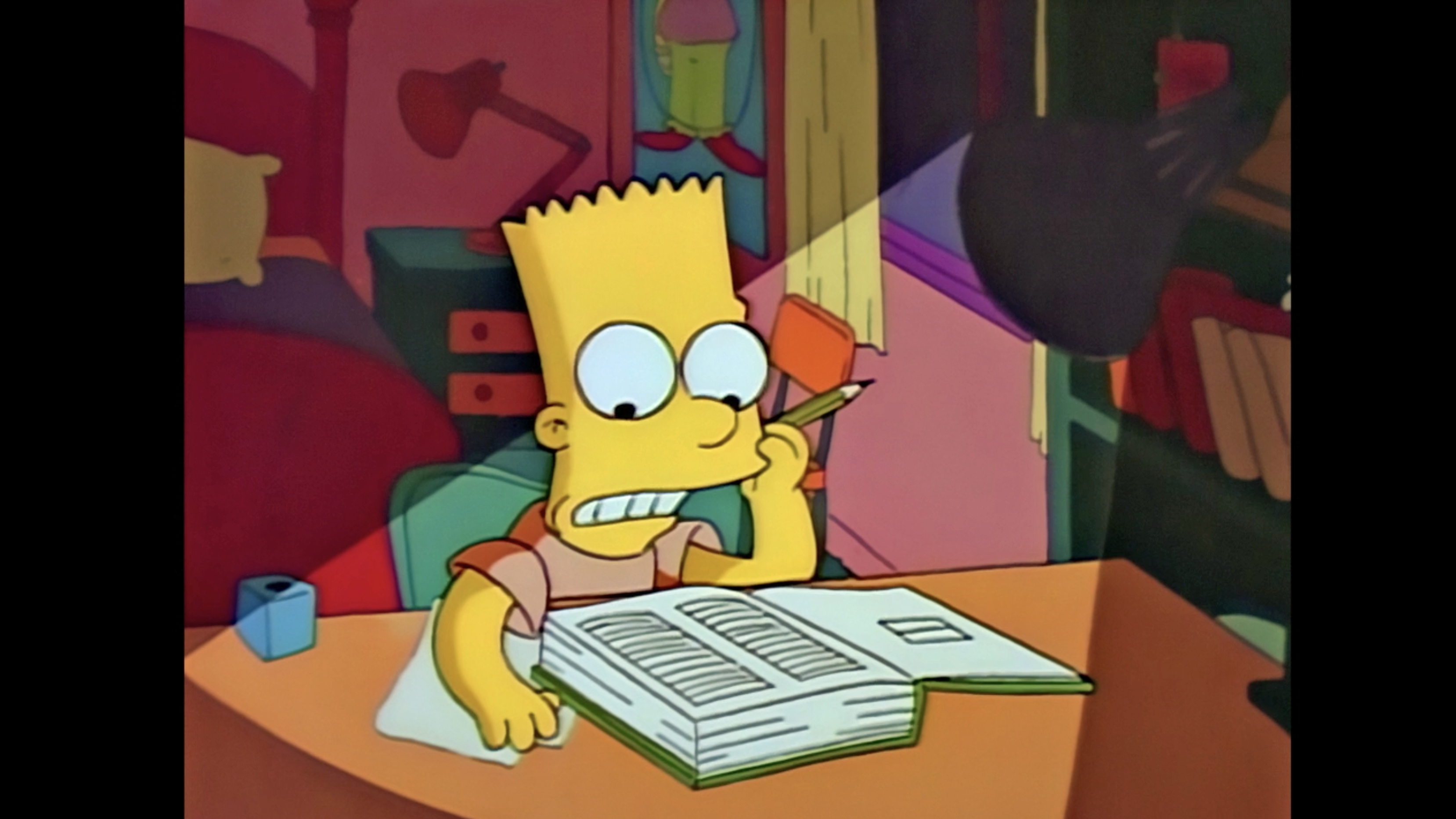Charlie Kaufman has been a purveyor of surrealist filmmaking for decades, and his latest directorial effort is no exception. Adapted from the novel of the same name by Iain Reid, I’m Thinking of Ending Things has all the Kaufman hallmarks you’d expect: an awkward protagonist, playful use of time and space, and a disorienting story ripe for critical debate and analysis.
However, the Netflix Original film, which launched on the service September 4, is also notable for its inclusion of a cinematic technique that has become all too rare in feature films: a 4:3 aspect ratio.
Unlike the majority of the 400+ Original films Netflix has dropped since 2012, I’m Thinking of Ending Things was shot in a 4:3 (or 1.33:1) aspect ratio by cinematographer Łukasz Żal – a deliberate choice that was almost nixed by higher-ups.
In an interview with Dazed Digital, Kaufman revealed that Netflix was initially against the idea of making the film in 4:3 – “They felt it’d turn off audience members who’d think something was wrong with their screen.” The crew experimented with different formats, but decided to stand firm on their initial plan. “[We] found there was a certain tension in 4:3 that wasn’t in the wider ones. It made it feel more worrisome and claustrophobic,” said Kaufman.
- Here are the best Netflix shows and Netflix movies
Silent era stylings
Kaufman may have had to negotiate with Netflix to get his way, but there was a time when shooting in full screen wouldn’t have been a decision you had to take at all. The format is as old as filmmaking itself, and up until the 1950s, 4:3 was the standard; in fact, it came to be known as “Academy Ratio” when the Academy of Motion Picture Arts and Sciences officially adopted it in 1932 (technically they adopted the 1.37:1 ratio, but it’s so close to 4:3 that they’re basically considered the same thing).
However, as televisions became household fixtures, the film industry looked to widescreen to deliver a cinematic experience viewers couldn’t get at home on their boxy screens.

Before long, 4:3 was phased out to make room for ever-widening ratios such as Cinerama (2.59:1), VistaVision (1.85:1) and more recently, IMAX (1.43:1). Thus, Academy Ratio became a TV format, with networks clinging to it right up until the early 2000s when HDTV adoption started to take off. Having traded their old CRTs for plasmas and LCDs, many scoffed at the idea of watching full-screen content on widescreen televisions.
As a result, both film and TV had abandoned 4:3 almost entirely by the early 2010s. But where some would now label it an obsolete format, others have recognized that the boxier style may still have something to offer modern audiences.
While it may seem like an outlier, I’m Thinking of Ending Things isn’t the only recent film to use the old Hollywood standard. A Ghost Story (2017), First Reformed (2017), and The Lighthouse (2019) are all part of a small but growing stable of feature films made in the 4:3 format. Although all of these movies would stand as remarkable achievements, no matter how they were displayed, the aesthetic benefits offered by 4:3 have helped differentiate them in a crowded market.
“It’s an old-timey aspect ratio, so on a very surface level, it helps make the movie look old,” The Lighthouse director Robert Eggers told the LA Times in 2019. “It’s also a better shape for photographing vertical objects, such as a lighthouse tower.”
The old-fashioned framing can also be used to invoke a sense of nostalgia, focus on a character’s face, or even heighten the feeling of claustrophobia or isolation in a scene. Director Andrea Arnold’s two most recent films, Wuthering Heights (2011) and American Honey (2016), were both shot in 4:3, which she calls a “very respectful” frame. “That’s what it feels like to me when I look at somebody framed in a 4:3 frame,” Arnold told Filmmaker Magazine in 2012. “It makes them really important.”

Stop cropping yourself
Thanks to the efforts of filmmakers such as Eggers and Arnold, Academy Ratio is once again a viable, if niche way to frame movies. In contrast, though, TV has yet to embrace the 4:3 comeback.
While HBO’s The Wire was intentionally filmed in 4:3 to create a heightened sense of claustrophobia, it was nearly two decades ago – well before HDTV adoption took hold. That said, there’s at least one recent example of 4:3 making headlines in the TV space. When Disney Plus launched last November, the biggest controversy surrounding the streaming service wasn’t its lack of original content – a problem that continues to plague it in 2020, by the way – but rather the decision to broadcast early seasons of The Simpsons in widescreen.
As a now-viral tweet pointed out, the 16:9 remasters cropped out large amounts of animation, to the point where some visual gags were cut off entirely. The uproar was swift, prompting Disney to eventually make The Simpsons available in its original uncropped format.
Outside those who closely follow visual media formatting trends, the Disney Plus fiasco was likely the first time many people heard the 4:3 aspect ratio mentioned in quite some time. It’s also safe to assume that Disney would have preferred it had gone unnoticed, since the Disney Plus team reportedly had to reconfigure its entire content-delivery engine in order to bring back those old boxy episodes of The Simpsons.

Setting aside the fact that The Simpsons’ controversy is a great example of consumer outcry prompting a massive corporation to improve its product, Disney’s content-delivery overhaul opens the door for more aspect ratio swaps on its service. At the very least, offering the choice between full-screen and widescreen versions of a classic movie or TV series is a small quality-of-life feature Disney could hang its hat on – even if only a small contingent of subscribers will notice or care.
While it’s doubtful Disney would have gone to such drastic lengths if The Simpsons wasn’t such an important fixture in its streaming catalogue, the 4:3 restoration serves as a high-profile example of the reason media preservation matters. Cropping The Simpsons to make it fit widescreen TVs may not seem like a huge deal, but it’s part of the same dilemma faced by George Lucas with his infamous Star Wars special editions (hey, Disney, we’re still waiting on those original cuts).
If tinkering with the original work makes it noticeably worse and you don’t provide fans with a convenient (or in the case of Lucas, any) way to access the unedited version, don’t be surprised when those same fans begin to turn on you.
What's old is new

In an industry where filmmakers such as Christopher Nolan and Quentin Tarantino are increasingly turning to bigger formats to help make their films stand out (both have projected their recent films in the 70mm format), it’s refreshing to see some of their peers make big plays by going small.
The evolution of aspect ratios was driven primarily by technology, but modern filmmakers are no longer beholden to such restrictions. Thanks to higher-resolution digital cameras and cheaper lenses, filmmakers big and small can shoot in 2.35 (the current unofficial standard) to their heart’s content. But as filmmaker Noam Kroll writes, 4:3 is “yet another creative tool” he and his peers have at their disposal to tell their stories.
Will 4:3 ever become an Academy favourite again? It’s doubtful. And yet, the reevaluation of this abandoned aspect ratio can only be a boon for an industry in which major studio releases have become visually homogenized. While we’re unlikely to see Marvel Studios shoot the next Avengers movie in 4:3, its adoption by a number of indie filmmakers arguably marks a turning point in how we think about aspect ratios.
As I’m Thinking of Ending Things proves, there is no ‘standard’ format for shooting a film; there are just stories and how they’re told. Whether or not the 4:3 revival is here to stay, it’s safe to assume we haven’t seen the last boxy film that looks weird on our widescreen televisions.
- Here are the best Netflix shows and Netflix movies
from TechRadar - All the latest technology news https://ift.tt/31lDA2S
